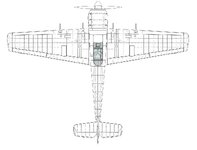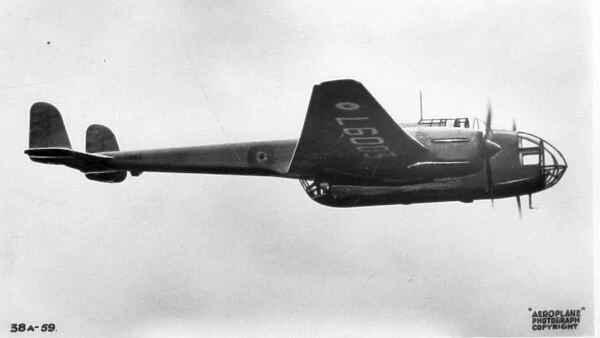It was suggested,IIRC by
S
Shortround6
at another thread, that Allies might've been better advised to procure fighter-bombers instead of the 1-engined bombers in the similar time frame. So here it is - 1-engined bombers, like the Ju-87, Ba.65, Su-2, Il-2, Battle, A-24, different Japanese 1-engined bombers are not proceeded with, instead the respective countries make and operate fighter-bombers. Whether these are modified historical fighters, or bespoke A/C. All while using the engines, aerodynamics, materials and weapons as it was historically the case; no hand-waving of thousands of the best engines just for this, the FBs will mostly be using what was historically used on the bombers that don't get produced, or the equivalents/modifications available.
Yes, for some countries/AFs this will require changes in doctrine. Obviously the FBs designed in 1937 will be less capable than the ones mooted in 1940.
For the French, since they were mostly using two-engined tactical bombers, the fighter bombers replace those, but can use bigger & better engines.
Yes, for some countries/AFs this will require changes in doctrine. Obviously the FBs designed in 1937 will be less capable than the ones mooted in 1940.
For the French, since they were mostly using two-engined tactical bombers, the fighter bombers replace those, but can use bigger & better engines.



